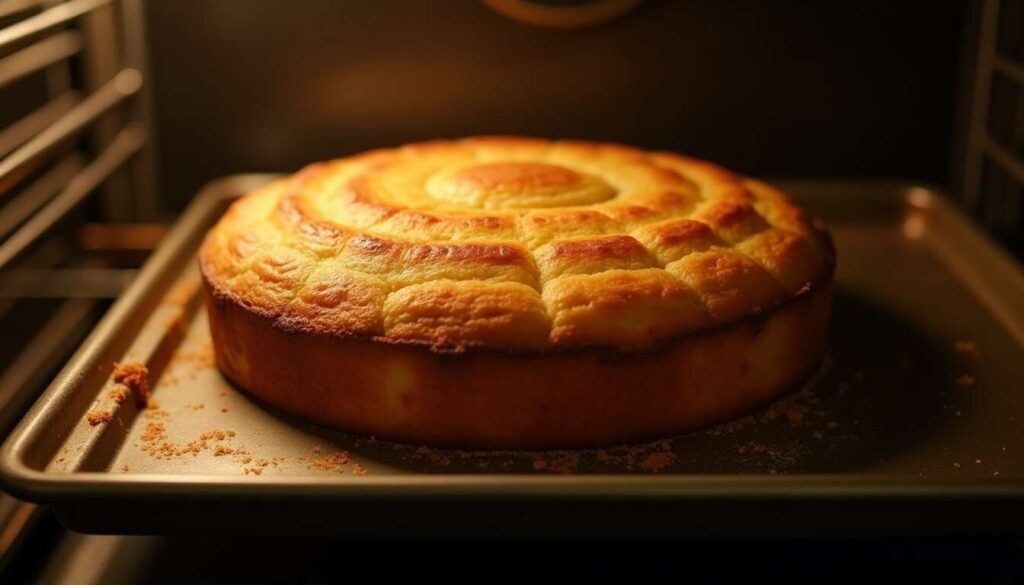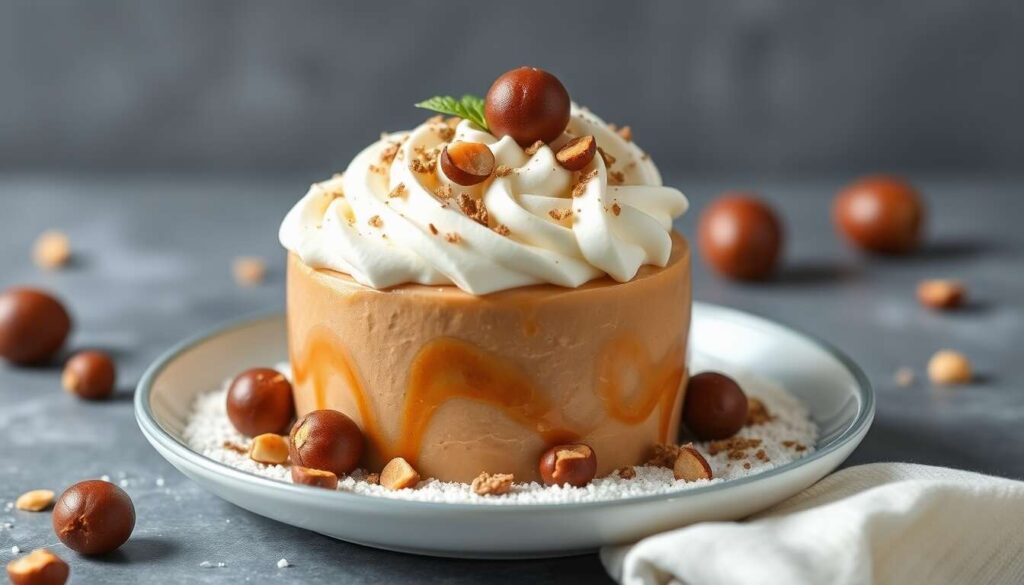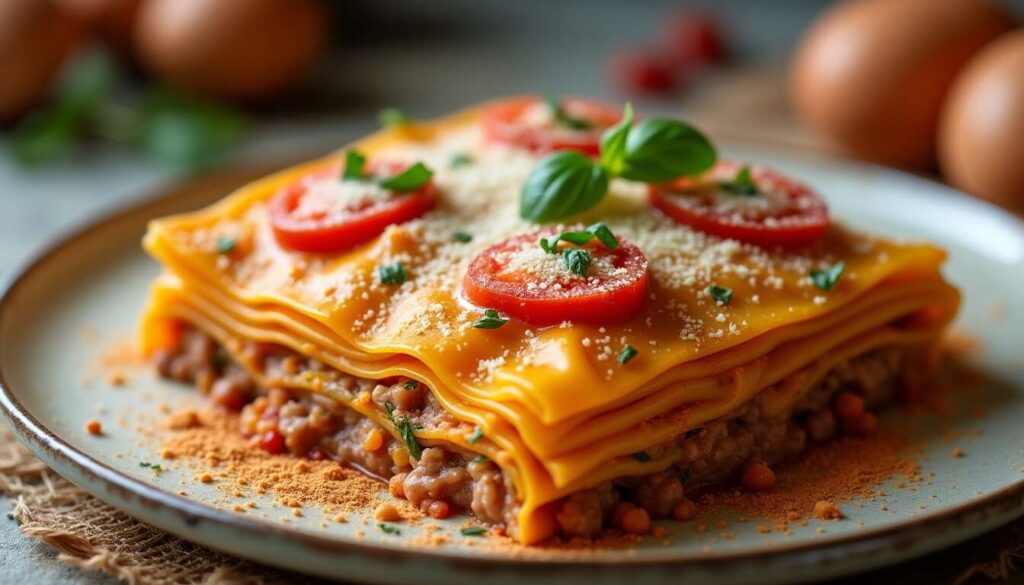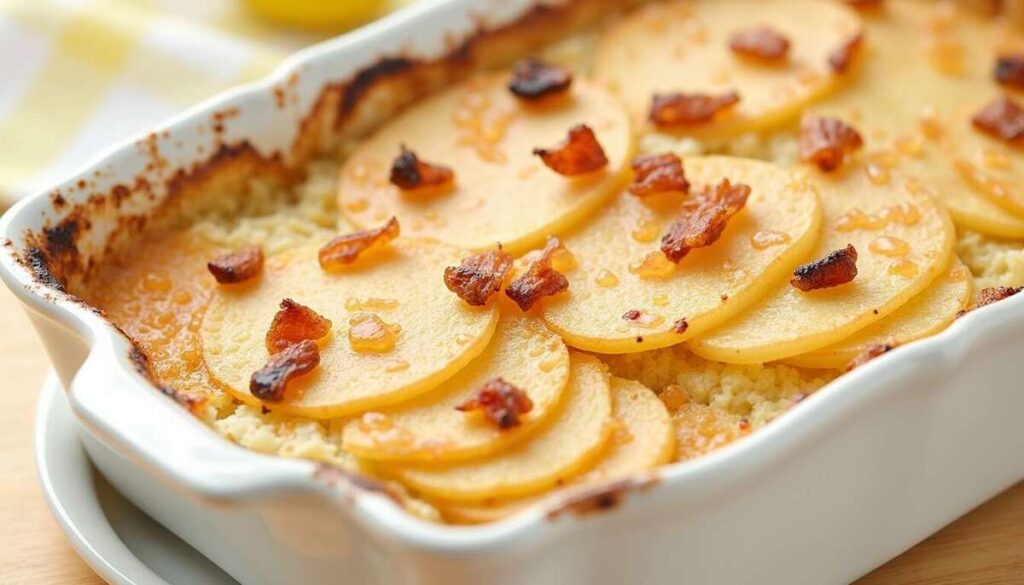Nothing is more frustrating than seeing your cake emerge from the oven as flat as a pancake. Many of us have faced this dilemma and wonder why the cake fails to rise properly. This persistent issue often stems from minor oversights that have been overlooked. Understanding the role of ingredients, cooking methods, and even the tools used is crucial to achieving baking success. Let’s explore the key elements to ensure a beautifully risen cake every time.
Understanding the role of ingredients in cake rising
Essential function of ingredients
Each ingredient in a cake recipe serves a specific purpose that contributes to the leavening of the batter. Baking powder, for instance, is a crucial component as it introduces air into the batter, ensuring adequate volume. It’s essential to check the freshness of your baking powder: an expired baking powder will not react as expected, jeopardizing the cake’s rise. Another common mistake involves the proportions of ingredients. Excess liquid will weigh down the batter, making it difficult for it to rise.
The choice of flour
The flour you select is also vital. Opt for all-purpose flour that has been properly aerated before incorporation into your mix. Using flour that is too dense or improperly sifted can hinder the development of the batter by trapping less air.
| Ingredient | Impact on rising | Tip |
|---|---|---|
| Baking powder | Essential for batter leavening | Always check the expiration date |
| Flour | Affects texture and cake structure | Choose well-aerated flour |
With a thorough understanding of the ingredients, let’s move on to the significance of heat during the baking process.
The importance of temperature and preheating the oven
Setting the temperature correctly
The oven temperature is a crucial parameter that significantly influences how your cake rises. A temperature that is too high may cause the exterior to cook quickly while leaving the interior raw. Conversely, a temperature that is too low will not provide the necessary heat for optimal rising. Typically, a temperature of 180 °C is ideal for lighter cakes, while denser preparations may require a baking temperature of 150 °C.
The importance of preheating
Never underestimate the power of preheating the oven. If your oven is not at the desired temperature when you place your batter inside, it may delay the activation of leavening agents, thus impairing the cake’s rise. Ensure that your oven reaches the exact required temperature before placing your mix inside.
With proper control over your oven temperature, it’s time to discover how using leavening agents can impact your cake recipe.
Choosing and using leavening agents correctly
Which leavening agents to choose?
Leavening agents are your cake’s best friends. They include baking powder, baking soda, and sometimes yeast. Each serves a distinct purpose depending on the type of cake you intend to make. For instance, baking soda requires an acidic ingredient in the recipe to produce carbon dioxide that aerates the batter.
How to use them effectively?
Using these agents correctly involves following the instructions in your recipe regarding amounts meticulously. Overusing a leavening agent can render the batter bitter, while insufficient amounts will prevent the cake from rising properly. Make sure to sift your leavening agents with the flour for an even distribution in the batter.
After understanding the role of leavening agents, let’s focus on common mistakes made when mixing ingredients to optimize the batter’s lightness.
Avoid common mistakes when mixing ingredients
The art of mixing
The mixing of ingredients plays a fundamental role in the final texture of the cake. Be sure to use appropriate tools and to employ the correct technique, especially for incorporating delicate elements like whipped egg whites.
Frequent errors to avoid
- Improper measurement of ingredients, particularly flour, which should not be packed into the measuring cup.
- Using mismatched bowls or pans that can alter baking and rising.
By correcting these mixing errors, we better prepare the batter to receive the leavening agents at the right moment. Let’s discover how to synchronize everything with precise timing when adding leavening agents.
Mastering the timing to add leavening agents
Why timing is important
The moment you add leavening agents to your mixture can significantly impact the cake’s rise. If your leavening agent is activated too early in the preparation process, it may lose effectiveness before going into the oven.
Strategies for optimal addition
Ensure to add the leavening agents just before pouring the batter into the pan and baking. Prepare all other ingredients in advance to minimize the time between incorporating the leavening agents and baking.
Once the timing is well-established, let’s explore how precise baking gestures can ensure optimal rise for your cake.
Adopting the right baking gestures for an airy batter
Essential baking techniques
The gestures you adopt during preparation directly influence the final quality of your cake. Utilizing the right techniques for mixing, whisking, or folding can make the difference between a dense batter and a light bake.
Tips for a light batter
- Gently fold in your whipped egg whites to retain the trapped air.
- Mix your dry ingredients beforehand for an even distribution before adding them to the wet ingredients.
With these techniques in hand, all that remains is to master the baking process to ensure a flawless outcome.
Monitoring and adjusting baking for optimal results
Close observation during baking
The baking phase is crucial for achieving a well-raised cake. Keep a close eye on the cake’s rise and avoid opening the oven door too frequently, as this can cause the batter to collapse.
Adjustments in case of unexpected developments
If the surface of the cake browns too quickly, cover it with a piece of aluminum foil to prevent over-browning while allowing the center to finish baking.
With the baking process mastered, ensure that you can successfully remove the cake from its mold so it remains intact and presentable.
Knowing the tips for successful and seamless unmolding
Preparing your mold efficiently
A successful unmolding begins with correctly preparing the mold. Grease your mold adequately with butter or use baking parchment to prevent the cake from sticking to the sides.
Techniques for unmolding
Wait for the cake to cool slightly before unmolding. Gently detach the edges with a knife to release the cake smoothly.
By applying these tips, your cake should finally reflect both visually and tastefully the effort you’ve put in. Ready to showcase your pastry skills?
By following these guidelines, you should observe a significant improvement in the quality and appearance of your cakes. Ensure you understand the role of ingredients, master your oven temperature, avoid preparation errors, and unmold with care for optimal results every time. Happy baking!







